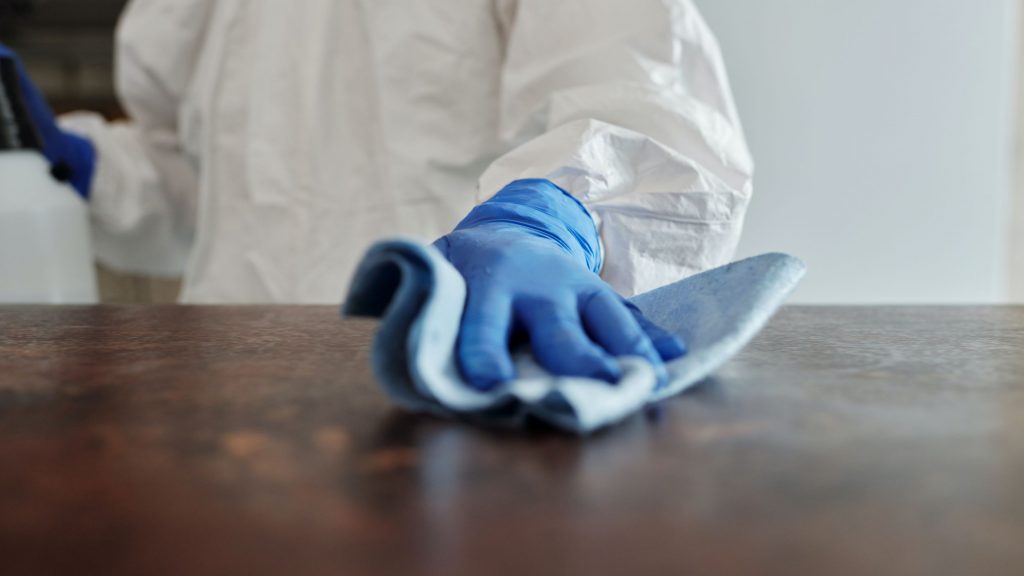FREE Shipping on Orders over $89 with Account – Create One Today!
- (844)-859-9400
- Get Help

The term “skin prep” refers to the process of preparing the skin around your stoma for adhesion with your ostomy system. Both one- and two-piece ostomy systems include a barrier component designed to adhere to the skin around the stoma, also known as the peristomal area. This barrier, also called a wafer, serves to keep the pouch in place and to protect peristomal skin from stoma output. Individuals with an irregular peristomal area, sensitivities to adhesives or peristomal skin that has been irritated or damaged from output may benefit from additional skin prep, including skin barrier sprays or wipes.
Skin barrier wipes and sprays are applied directly to the peristomal skin to create a protective layer. This watertight film helps to protect your skin from the damaging effects of stoma leakage, which can include redness, soreness and infection. These wipes and sprays can also help create a smooth, even surface over irregular skin that can help you achieve secure, leak-proof adhesion with your ostomy system. Skin barrier sprays and wipes do not have adhesive properties and should not be used as a primary means of adhering the ostomy system to your skin.
The best protection against peristomal skin irritation is an ostomy system that fits securely around your stoma and creates a tight seal against your skin. Note that the size and shape of your stoma may change over time, which means you may need to periodically reevaluate the type of ostomy system you’re using. If the skin around your stoma becomes red, bumpy or itchy, develops a rash or bleeds, you should contact your healthcare provider or Wound, Ostomy and Continence (WOC) nurse immediately. They can advise you on addressing the problem, which may stem from leakage, sensitivity to adhesives or a medical adhesive-related injury.
That said, many healthcare providers recommend using skin barrier sprays or wipes for ostomy users experiencing irritation while other healthcare professionals take a different approach. The pros and cons for skin barrier product use often depend on the individual’s specific situation.
Many WOC professionals and their patients find that using skin barrier wipes and sprays helps maintain healthy peristomal skin by preventing against leaks and skin irritation from adhesives. Along with proper skin hygiene and appropriate ostomy pouch changes, products like alcohol-free Brava Skin Barrier Spray, fast-drying Cavilon No-Sting Barrier Film Spray and Adapt No-Sting Protective Wipes can help reduce discomfort during pouch changes, prevent irritation before it forms and increase the security of your ostomy system. However, it’s important to consult your healthcare professional before adding products to your ostomy routine.
Some products are designed to help deal with peristomal skin that has already been damaged:
It’s worth repeating that a well-fitting ostomy system is the best defense against peristomal skin irritation. If your ostomy leaks or you experience redness, soreness or other irritation either while wearing your ostomy pouch or during ostomy changes, consult with your WOC nurse or healthcare professional to find a system that works better for your body.
The downsides of using skin barrier sprays and wipes include:
Maintaining clean, healthy, intact peristomal skin is paramount to a positive ostomy experience. You can improve both the physical and mental health of yourself or the patients in your care by focusing on a secure ostomy fit that prevents leaks while mitigating damage to the skin around a stoma.
One way to get ahead of peristomal skin issues is to use ostomy systems that include skin-loving ingredients like ceramide. This natural lipid makes up about 50% of the skin’s outermost layer and functions as a barrier against moisture loss while promoting overall skin health.
Choosing products that contain ceramide, whether it’s a one-piece ostomy system or a barrier ring for a two-piece system, can help prevent skin problems for individuals with intact skin and can help achieve a better outcome for those dealing with damage from previous use.
The Hollister CeraPlus line includes natural ceramides as an essential component in both one- and two-piece systems that feature flat, convex and soft convex barrier shapes with cut-to-fit and pre-cut options, including selections appropriate for extended wear.
The Adapt CeraRing line of ostomy barriers for two-piece systems includes convex, round and oval options that are:
Resources:
https://www.ostomy.org/wp-content/uploads/2021/04/wocn_basic_ostomy_skin_care_2018.pdf
